-

- Select options This product has multiple variants. The options may be chosen on the product page
₹1,500.00 – ₹9,000.00

Vietnam Malta Mosambi- Fruits Plant & Tree
₹1,000.00 – ₹3,500.00

Almond-fruit
₹1,200.00 – ₹5,000.00
Grapes-Plants and Fruits
₹1,600.00 – ₹9,000.00
Grape plants (Vitis vinifera) are woody, perennial climbing vines widely cultivated for their fruit, used in making wine, juice, raisins, and as fresh table grapes. They have a robust structure with long, trailing stems that can reach up to 30 meters in the wild but are typically trained on trellises in cultivation for better management. The leaves are large, lobed, heart-shaped, and serrated, ranging from light to dark green. Grape plants produce curling tendrils for support and small, greenish-yellow, self-pollinating flowers that grow in clusters. Their fruit grows in bunches and varies in color, including green, red, purple, black, and golden yellow, with both seeded and seedless varieties. These plants have deep root systems, making them drought-tolerant, and they thrive in warm, temperate climates with well-drained soil and ample sunlight, which are essential for healthy fruit production and disease prevention. Grape plants have been cultivated for thousands of years, prized for their versatility and the wide array of products they provide.
12
People watching this product now!
Description
PHYSICAL CHARACTERISTICS
Vine Structure:
Grape plants grow as climbing or trailing vines, often requiring structural support for optimal growth. In the wild, they can extend up to 30 meters, using surrounding trees and vegetation for support. In cultivated settings, grapevines are trained on trellises or arbors, allowing for easier management, improved airflow, and better sun exposure. The vine’s woody stems are flexible when young, becoming more rigid as they age.
Leaves:
The leaves of grape plants are broad, lobed, and heart-shaped with serrated edges. They vary in size depending on the grape variety, typically measuring 10–20 cm across. The surface is often a vibrant green, with the undersides slightly paler. These leaves play a vital role in photosynthesis, providing the plant with the energy needed to produce fruit. In autumn, the leaves may turn yellow or red before falling, adding seasonal beauty to vineyards.
Tendrils:
One of the grapevine’s distinguishing features is its tendrils—slender, curling structures that enable the plant to climb and attach to supports. These tendrils are modified stems that coil tightly around objects, helping the vine grow vertically and spread efficiently. This climbing habit is essential for the plant’s survival in the wild and its management in cultivation.
Flowers:
Grape flowers are small, inconspicuous, and greenish-yellow, growing in clusters called inflorescences. Although tiny, they are essential for fruit production. Most grape varieties are self-pollinating, meaning they do not rely on external pollinators. The flowers bloom in late spring or early summer, depending on the region and climate, marking the start of the fruiting process.
Fruit:
The fruit of the grape plant is a small, round berry, typically growing in clusters that can contain dozens or even hundreds of individual grapes. The size, shape, color, and taste of the fruit vary significantly among the thousands of grape varieties. Common colors include green, red, purple, black, and golden yellow. Grapes are classified as seeded or seedless, with seedless varieties being particularly popular for fresh consumption
Root System:
Grape plants develop extensive root systems that penetrate deep into the soil. This characteristic allows them to access water and nutrients effectively, even in dry conditions, making them highly drought-tolerant. The roots also anchor the plant firmly, providing stability and support as the vine climbs.
Climate Requirements:
Grapevines thrive in warm, temperate climates with plenty of sunlight. They are particularly well-suited to regions with hot, dry summers and mild winters, such as the Mediterranean Basin, California, and parts of Australia. The amount of sunlight the vines receive directly impacts fruit quality, as it influences sugar accumulation and flavor development.
Soil Preferences:
Grapevines are adaptable to various soil types, including sandy, loamy, and clay soils. However, well-drained soils with moderate fertility are ideal for optimal growth. Excessive water retention can lead to root rot, while overly fertile soils may encourage excessive vegetative growth at the expense of fruit production.
Pruning and Training:
Pruning is a crucial aspect of grapevine management, as it controls the plant’s size, shape, and fruit production. Most grapevines are pruned annually during the dormant season to remove old wood, encourage new growth, and maintain the plant’s structural balance. Training systems, such as trellises, arbors, and pergolas, guide the vines’ growth and ensure proper air circulation and sun exposure.
Grape Juice and Other Products:
Grapes are used to make juice, jellies, jams, and syrups. Grape seed oil, extracted from the seeds, is a popular cooking oil and ingredient in cosmetics due to its light texture and antioxidant properties.
Diseases and Pests:
Grape plants are susceptible to various diseases and pests that can affect their health and productivity. Common issues include-
Powdery Mildew: A fungal disease that affects leaves, stems, and fruit, reducing yield and quality.
Downy Mildew: Another fungal infection that causes yellowing and wilting of leaves.
Reviews (0)
Be the first to review “Grapes-Plants and Fruits” Cancel reply
Shipping & Delivery

Welcome to Dream Plant Nursery
‘We offer these at market leading rates. We have achieved expertise in catering to the requirements of our clients exactly as per their specifications. We emphasize on stringent quality standards in order to ensure that the products provided to our clients is always optimum to its level.
Useful Link
Our Collection
BASED ON Dream Plant Nursery © 2024 DEVELOPMENT BY PRO MARKETER ZONE
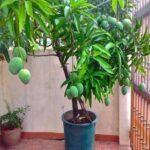 Amrapali
Amrapali
 Miyazaki
Miyazaki
 Yellow Malta
Yellow Malta
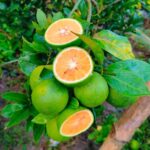 All Time Malta
All Time Malta
 Vietnam Sweet Malta
Vietnam Sweet Malta
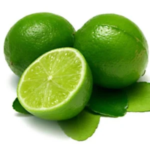 Thai Lemon
Thai Lemon
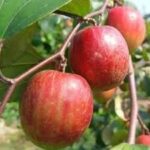 Kasmiri Apple Bar
Kasmiri Apple Bar
 Baromasi Apple Bar
Baromasi Apple Bar
 Mini Apple Bar
Mini Apple Bar









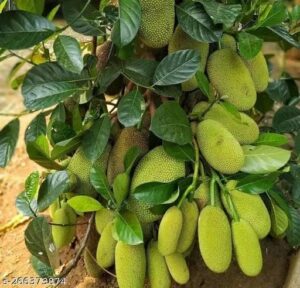




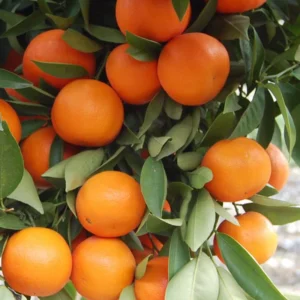
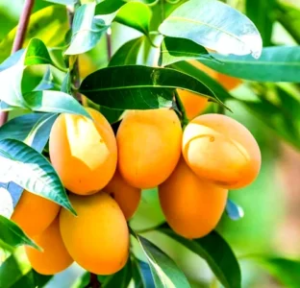

Reviews
There are no reviews yet.